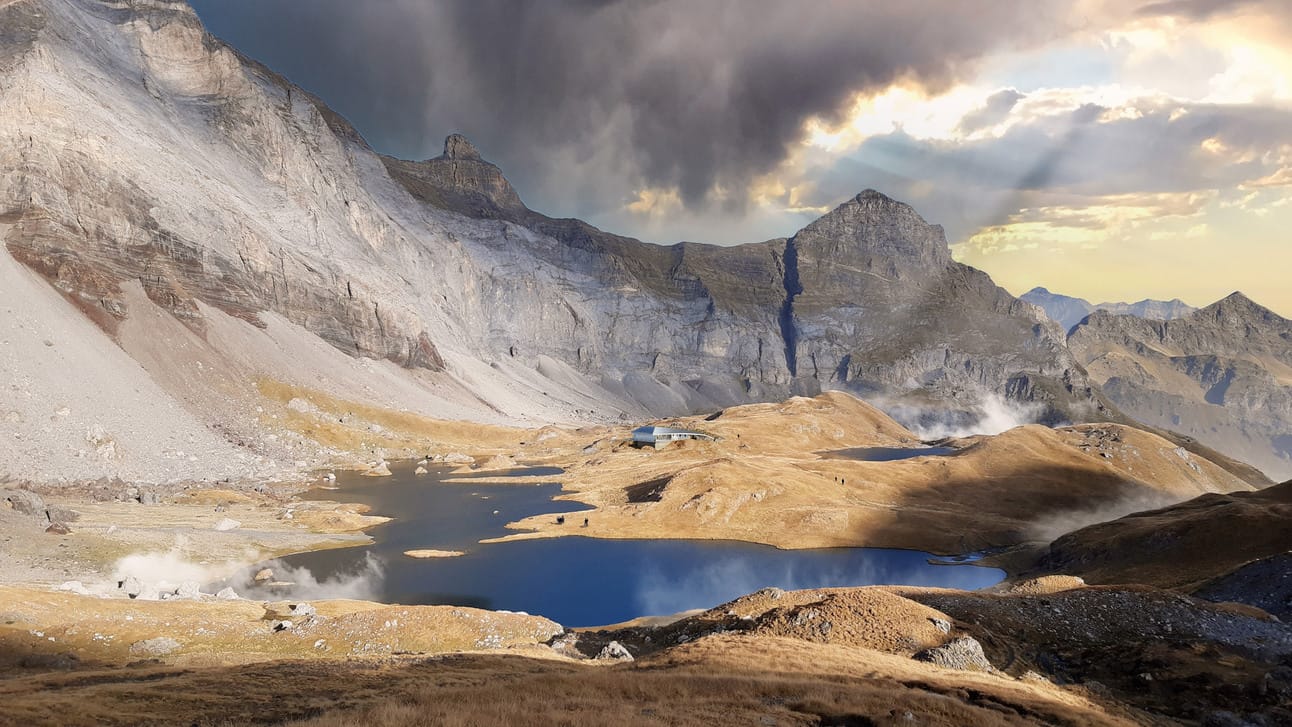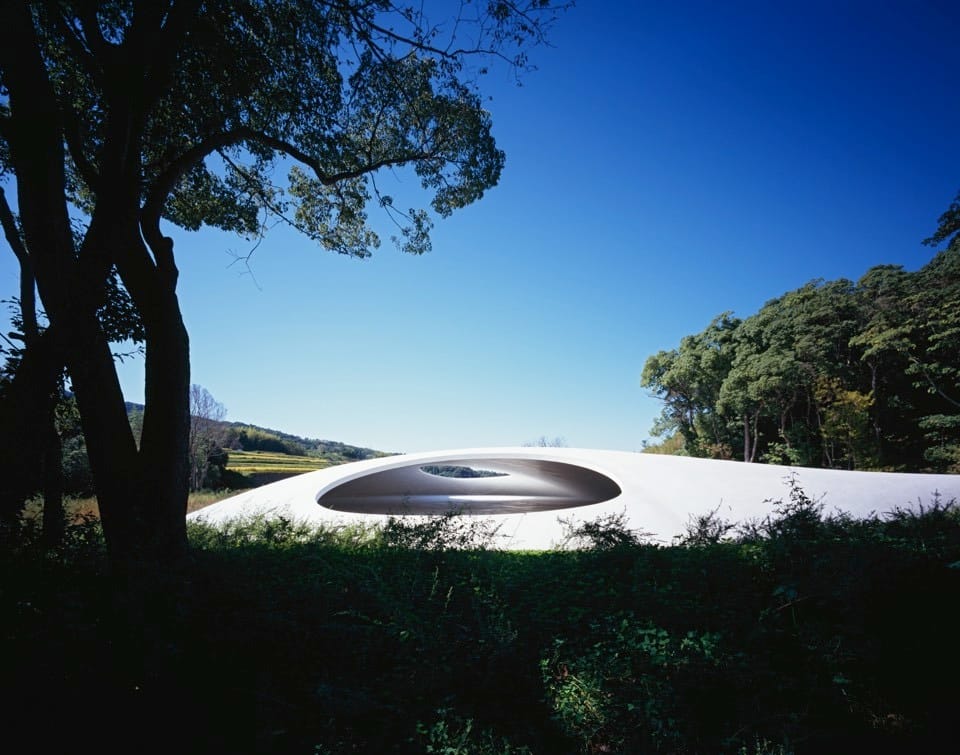This in-depth article was published before restructuring.
Starting May 1st, our free newsletter will feature more accessible insights, while similar deep analysis will be published ad hoc.
We're making this change to better serve our diverse audience of students, practitioners, and leaders.
EXPERT INSIGHT
What we design today becomes the heritage of tomorrow. Future heritage is not an accident—it is an intentional act of design, a responsibility to create spaces that will endure in value and significance.
Design research is at the core of this endeavor. By engaging in deep, research-based practices, we move beyond surface-level aesthetics to uncover cultural, ecological, and social narratives that define our built environment. Critical thinking in design is not optional—it is essential. It challenges prevailing paradigms, questions the status quo, and pushes us to craft solutions that don’t just occupy space, but shape the meaning of place itself.
The real challenge lies in balancing innovation with tradition, functionality with symbolism, and individual expression with collective memory. This is where research-based design transforms architecture from a passive backdrop into an active dialogue.
It ensures that what we create today won’t be obsolete tomorrow, but a lasting contribution to environmental and cultural continuity.
Therefore, we don’t just build structures—we craft legacies. This is the foundation of future heritage — the architecture that respects the past, engages the present, and endures into the future.
RESEARCH SPOTLIGHT
Landscape is a whole, and can be understood as the interwoven fabric of nature and culture. It’s not just a physical space—it’s a living, evolving record of both natural forces and human interventions. It’s shaped by time, layered with meaning, and continuously rewritten by ecological shifts, cultural narratives, and societal transformations.
Geographer Friedrich Ratzel first argued that landscapes are not static backdrops but active, evolving environments influenced by human activity. Later, Carl O. Sauer expanded this idea, introducing the term cultural landscape—a concept that recognizes the inseparable relationship between people and their surroundings.
At its core, landscape is both tangible and intangible:
The natural landscape is defined by geological formations, water systems, and ecosystems that develop over millennia, influencing patterns of settlement, agriculture, and resource use.
The cultural landscape emerges as human societies inscribe meaning onto their environment through architecture, infrastructure, and symbolism, layering history into space.
Sauer saw landscapes as palimpsests, where every intervention, from terraced fields to historic cityscapes, tells a story of economic shifts, political ideologies, and social evolution. Each modification is a mark in time, revealing the complex dialogue between human agency and environmental forces.
In today’s rapidly changing world, landscapes face unprecedented pressure—from climate change and urban sprawl to industrialization and mass tourism. Understanding landscape as a holistic entity is no longer optional, it’s essential.
A fragmented approach to landscape planning leads to irreversible losses. When we treat nature and culture as separate, we risk erasing the narratives that define a place. Instead, recognizing landscape as an interconnected system—a fabric woven from ecological and cultural threads—allows for more sustainable, informed, and meaningful interventions.
Whether in the form of a historic city, a rural countryside, or an industrial site reclaimed by nature, landscapes are repositories of memory, identity, and ecological interdependence. They are not just spaces we occupy, they are stories we inherit and contribute to.
If we design without understanding landscape as a whole, we are not designing for the future—we are merely altering the present.
CASE STUDY ANALYSIS
Verige Viewpoint and Cafe-Restaurant
This issue dives into the intricate relationship between constructed spaces and natural settings. It examines how design elements can harmonize with natural landscapes, and influence our perception and experience of nature.
So, what defines a landscape? Is it the physical terrain—the rolling hills, the dense forests, the rugged coastlines? Or is it something deeper, something intangible yet profoundly felt?
We explore the complex dialogue between design and nature, questioning whether architecture should frame, define, or dissolve into its surroundings. Set against the striking yet vulnerable landscape of Kotor Bay, this case study examines how human intervention—when done carefully—resonates with the landscape.
At the narrowest point of Kotor Bay, Montenegro, where the water whispers secrets between cliffs, lies an intervention—a bold architectural gesture that redefines this cultural and natural landscape. Known as Verige (literally, “chains”), this site holds more than geographic importance. It’s the nexus where history, heritage, and contemporary life converge.
Verige Viewpoint and Infinity Café-Restaurant is a project I co-authored in 2016, while working in Studio Prostor. Designing with purpose was the creation of architecture that is rooted in its context, yet unapologetically contemporary. This complex project encompassed conceptual design, main design, conservation design, and visual impact assessment.
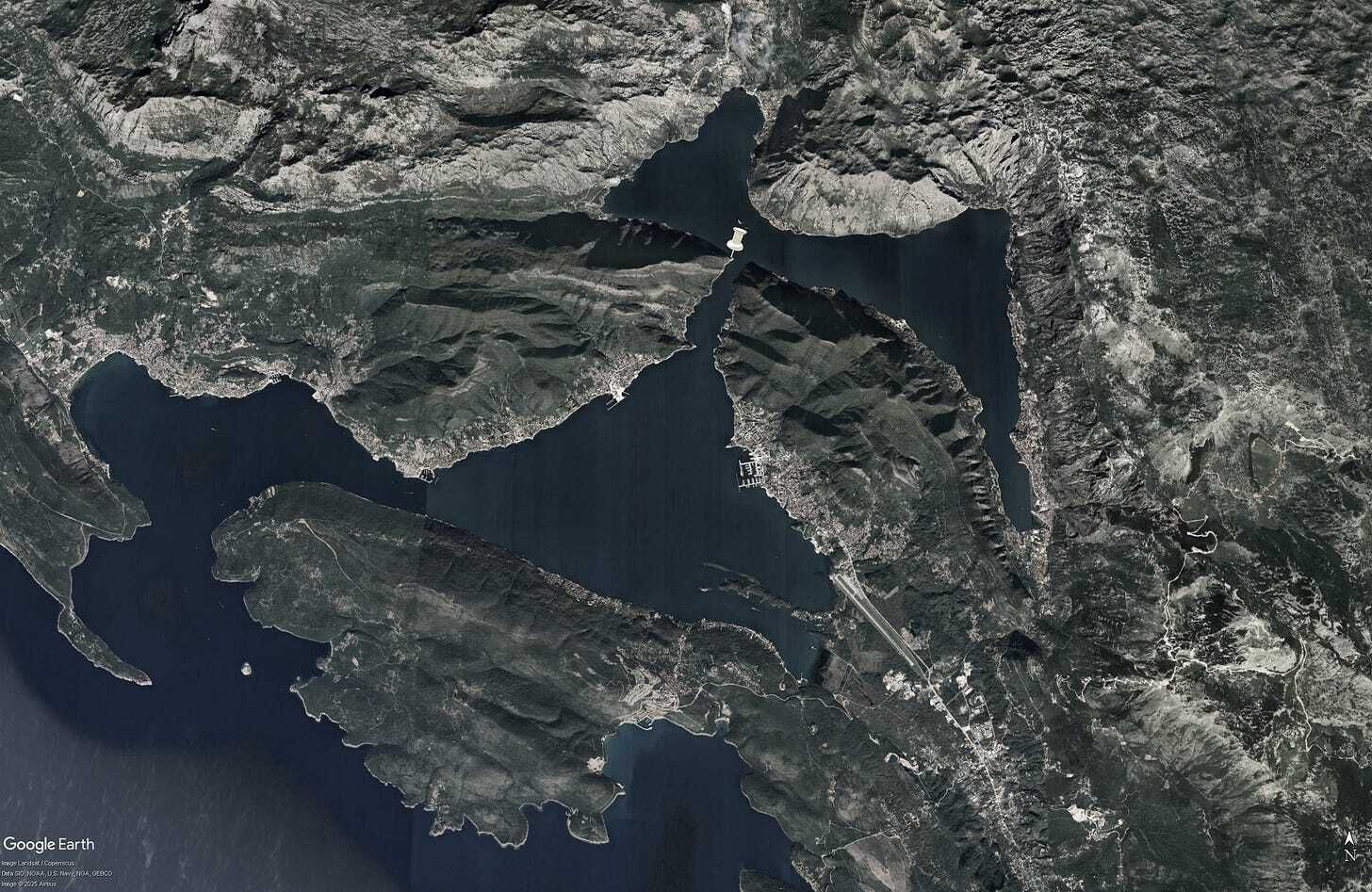
Figure 1. Kotor Bay, Montenegro. Verige Strait pinned in white. Source: Google Earth
Before this project, the site was a forgotten patch of land—a third landscape, as Gilles Clément might describe it. It was neither wilderness nor carefully cultivated space, but an in-between space: neglected, misused, and misunderstood.
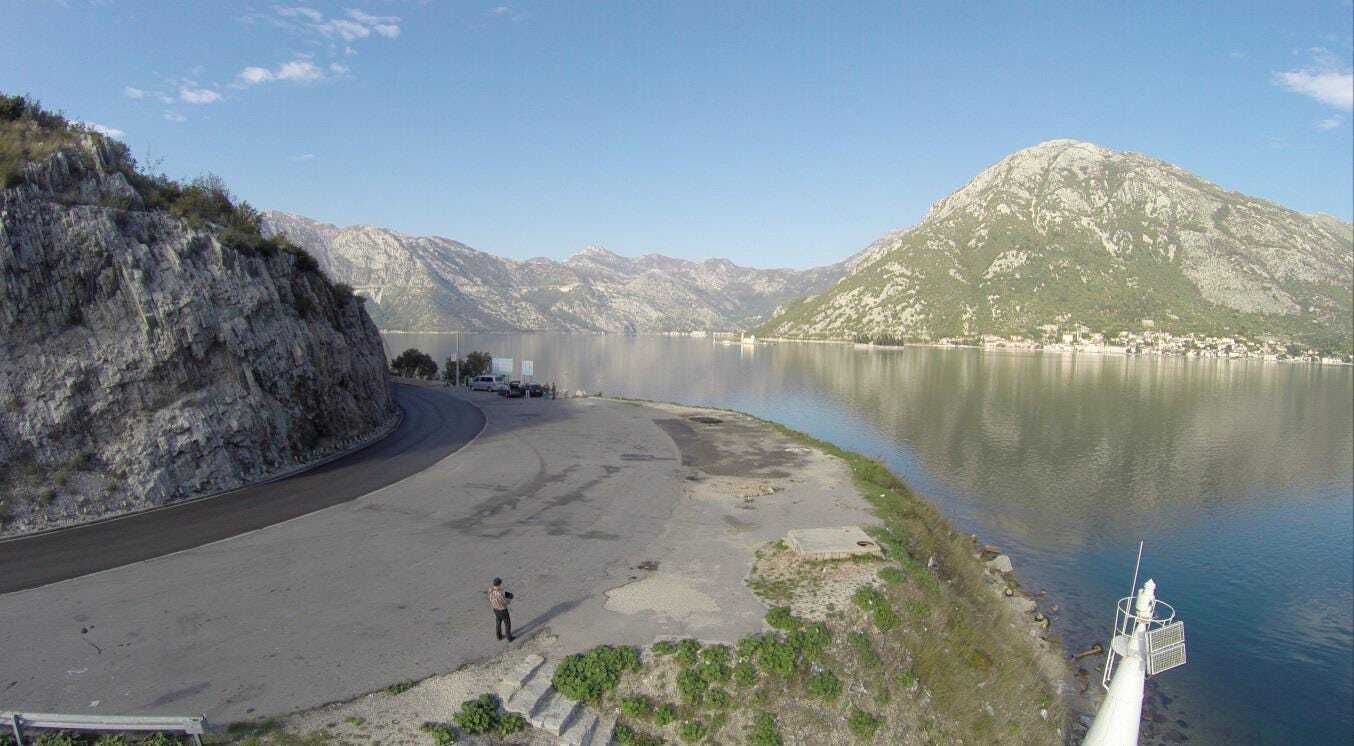
Figure 2. Neglected Verige viewpoint. Source: Studio Prostor, https://studioprostor.me/
Improvised stalls in car trunks sold clothing and decor that bore no connection to the heritage of Kotor Bay. The space spoke of a disconnection, a visual and cultural void in one of Montenegro’s most significant landscapes.
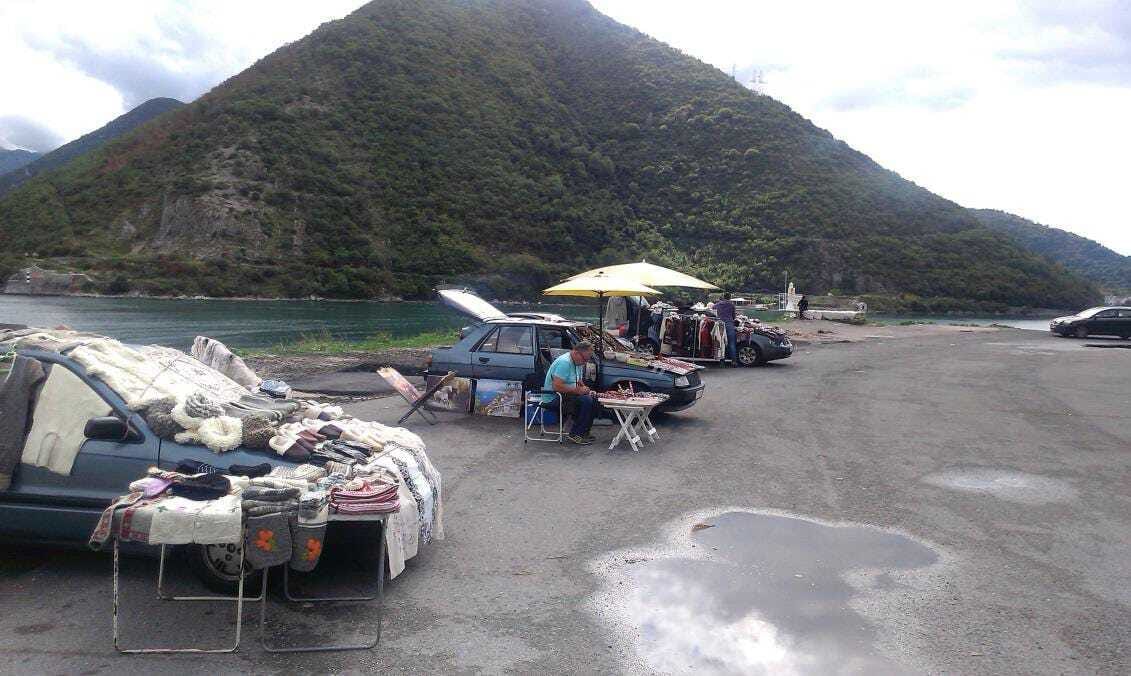
Figure 3. Informal trade point. Source: Studio Prostor, https://studioprostor.me/
The new intervention didn’t just occupy this space—it reclaimed it. It turned neglect into opportunity and reshaped the overlooked curve along the road into a landmark that redefines what it means to blend heritage and innovation.
Context being the radical in this project, influenced that Verige sits along a cliffed curve, precariously positioned between road infrastructure and the sweeping expanse of Kotor Bay. This was no blank canvas. It was a delicate site where design had to be a negotiation—a balance between the inherited texts of culture and writing new ones.
How do you design in a landscape that already speaks for itself?
How do you build in a way that respects both the past and the future?
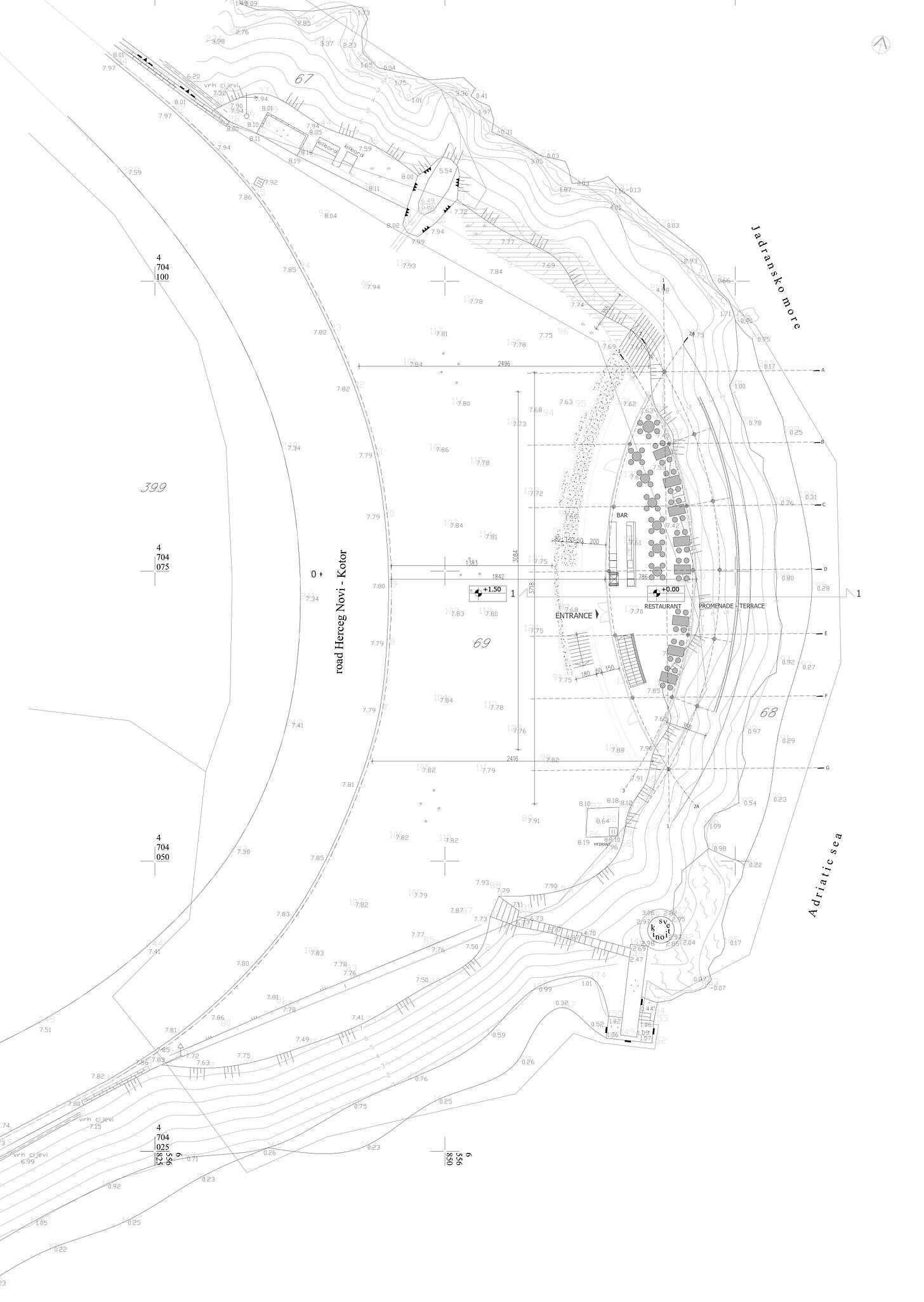
Figure 4. Situational plan. Source: Studio Prostor, https://studioprostor.me/
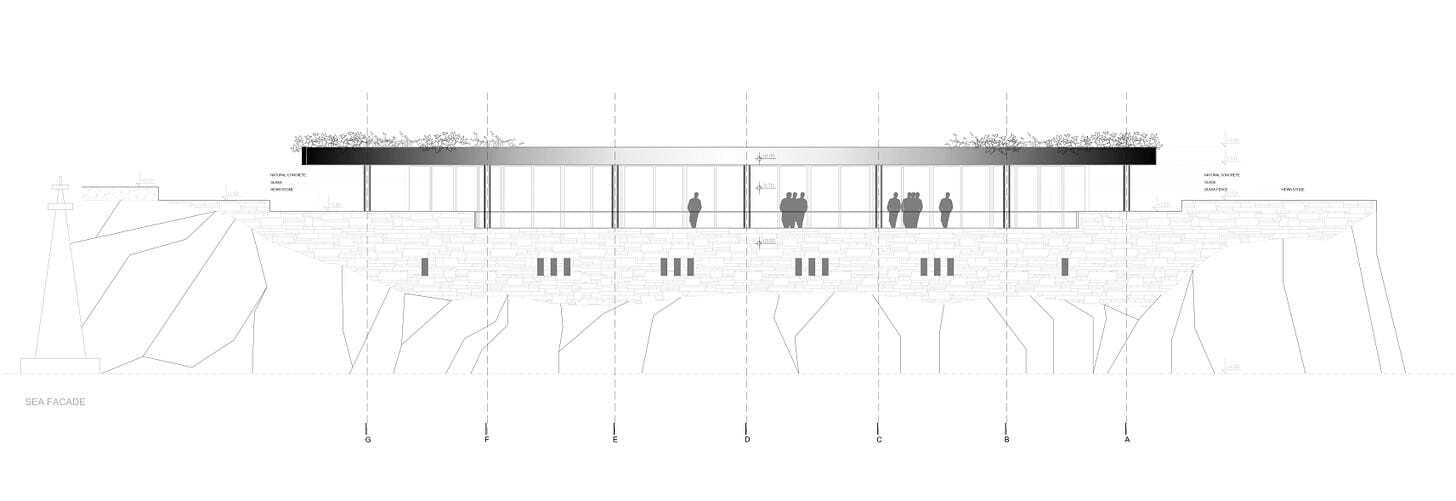
Figure 5. Sea facade. Source: Studio Prostor, https://studioprostor.me/

Figure 6. Road facade. Source: Studio Prostor, https://studioprostor.me/
The architectural language is deliberate. Stone, a material deeply tied to the traditional construction methods of the region, forms the ground floor. It anchors the building, embedding it into the cultural and physical strata of Kotor Bay. The stonework is reinterpreted with modern precision, demonstrating that conservation design isn’t about replication—it’s about transposition.
Concrete complements the stone, creating a dialogue between tradition and modernity. Above, a pergola casts dappled shadows, nodding to the vernacular architecture of the region while serving a distinctly contemporary function.
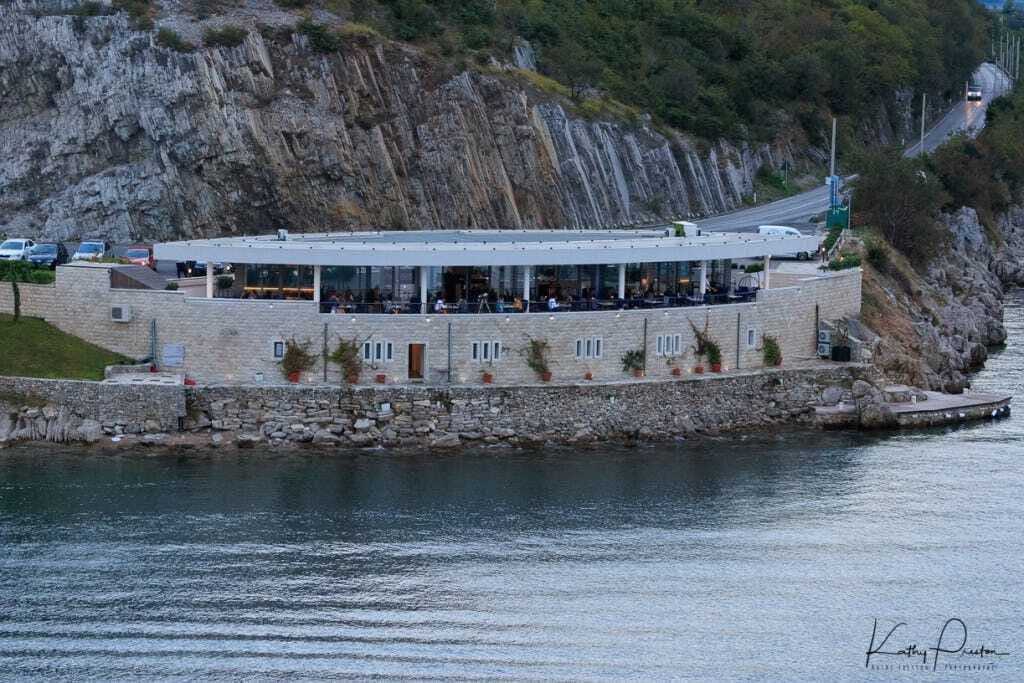
Figure 7. Careful landscape integration. Source: Kathy Preston. https://www.mytravelsinpictures.com/2018/10/01/kotor-montenegro/
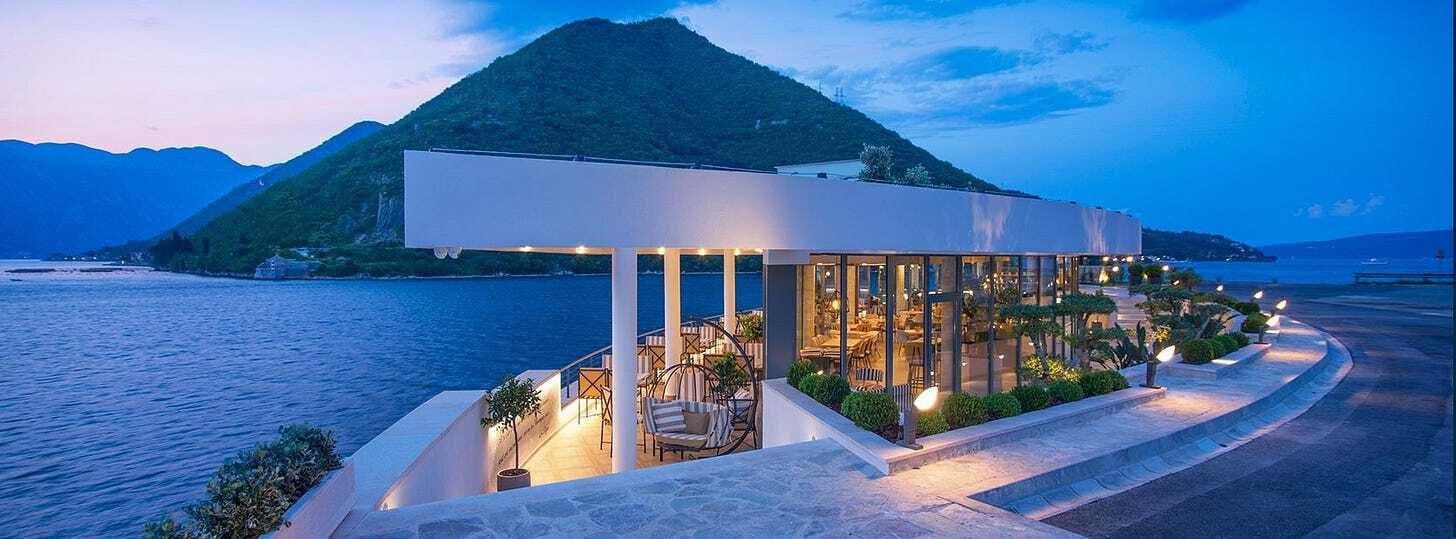
Figure 8. Transparency. Source: https://verige65.com/
The Power of Visual Impact
In a place as visually dramatic as Kotor Bay, every intervention has an echo. To design here is to engage not only with the immediate site but with the entire landscape.
The Visual Impact Assessment was a cornerstone of this project. The building’s placement and form were rigorously analyzed to ensure that it would complement, rather than compete with, the Bay’s natural beauty and its cultural fragments. Its position on the cliff allows it to serve as a quiet mediator between the sky, sea, and stone—a building that belongs to the landscape.
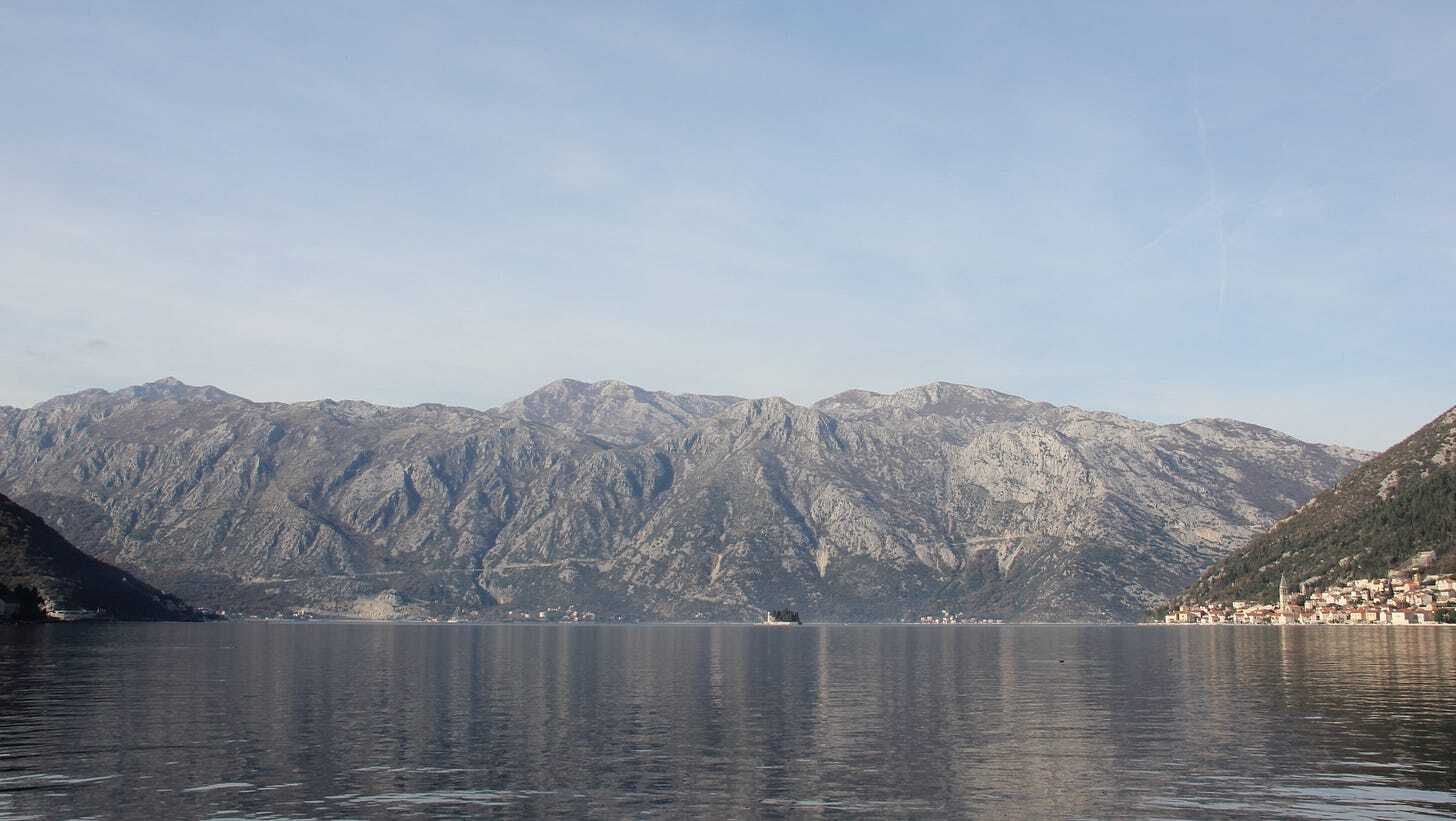
Figure 9. Belonging. Verige on far left. Source: Author, Radović David
Blending In by Standing Out
Architecture in a protected zone often faces the paradox of blending in while making a statement. We achieved this balance by recognizing that blending in isn’t about invisibility—it’s about resonance.
The building embraces its environment without attempting to disguise its contemporary nature. Its clean lines and restrained material palette stand in contrast to the rugged cliffs, highlighting the beauty of both. This is not just a building. It’s a spatio-temporal entity materialized through architecture.
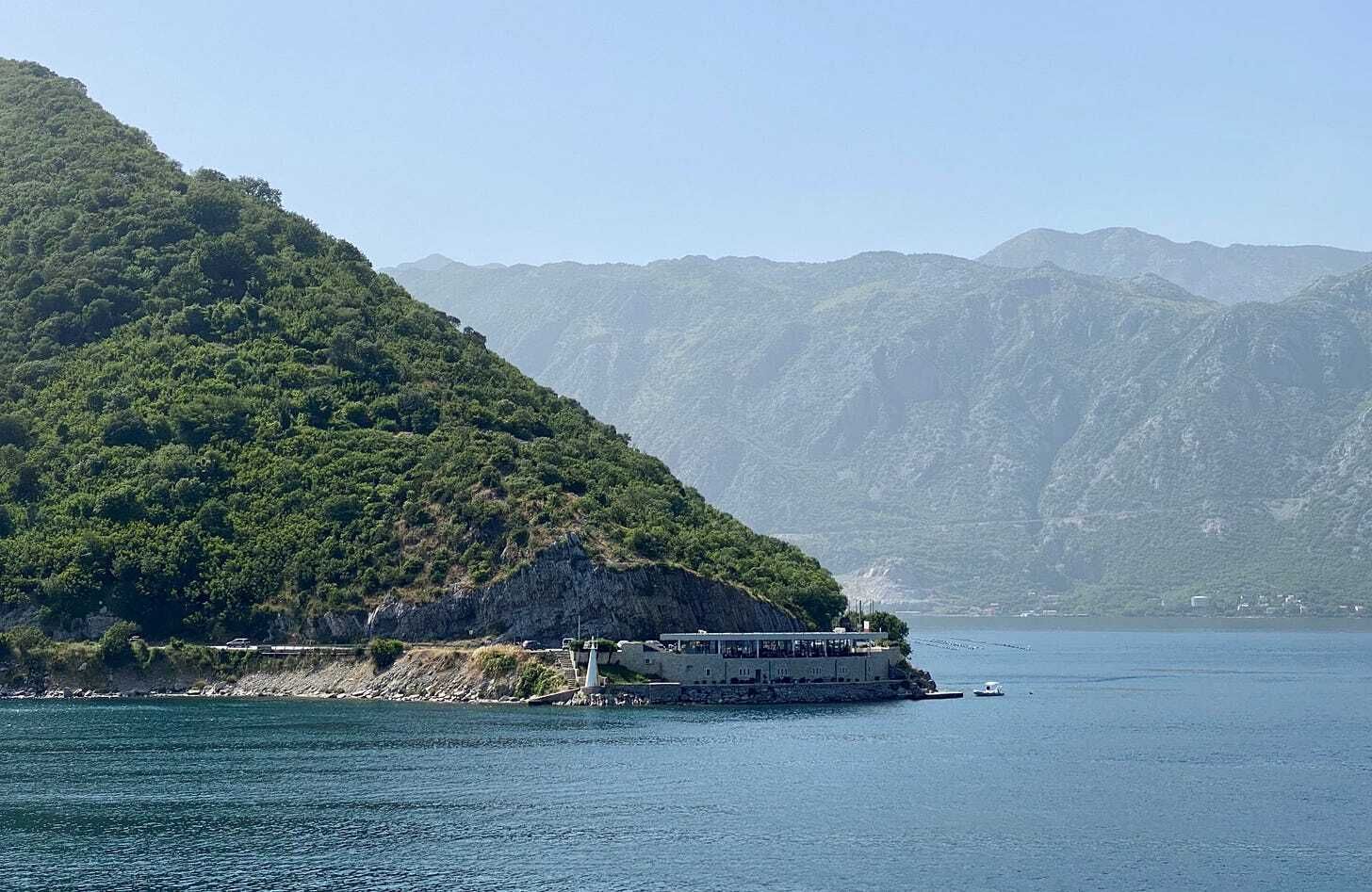
Figure 10. Contextual resonance. Source: Author, Radović David
Now built and operational, the Verige Viewpoint and Infinity Café-Restaurant has become more than an architectural intervention. It’s a destination for visitors to experience the stillness of being suspended between nature and culture.
But, this isn’t just about the vistas. It’s about creating a place that serves its community and its visitors without compromising the integrity of the context. A place that engages with its heritage while unapologetically existing in the present.
Verige isn’t just a building. It’s a reminder that architecture is never neutral. It speaks, it interacts, and it shapes how we experience the world. In a dynamic landscape like Kotor Bay, the obligation to design responsibly is an opportunity to create something extraordinary.
Designing future heritage
Rather than surrendering to commercial pressures, interventions in heritage landscapes can, and should, be designed as future heritage. This means approaching projects with a long-term vision that respects the past, engages with the present, and leaves a meaningful legacy for the future.
In our work in heritage landscapes, we’ve achieved this through:
🔹Contextual Design: A deep understanding of the cultural and environmental fabric
of a place. Rather than imposing an external aesthetic, the design emerges from the
landscape itself.
🔹Site-Specific Approach: Following the natural rhythm of the topography.
🔹Conservation Design: Materiality acts as a cultural bridge. Using local, historically
significant materials ensure seamless integration with the surrounding context while
respecting conservation principles.
🔹Visual Impact Assessment: A critical tool in heritage sites that ensures new
interventions don’t disrupt key sightlines, distort historical narratives, or create visual
pollution.
🔹Layered Narratives: Design is not just about form—it’s about storytelling.
🔹Temporal Depth: Heritage exists in a continuum, shaped by centuries of adaptation
and lived experience.
🔹Resilience: Subtle modern interventions, adaptive reuse, and landscape-sensitive
urbanism ensure that heritage sites remain functional and maintain their integrity.
Design interventions in heritage landscapes should acknowledge the intrinsic value of a place beyond its economic potential. This requires a radical shift in perspective, one that prioritizes meaning over marketing, longevity over trends, and authenticity over convenience.
Again, we’re in the business of creating future heritage.
CURATOR’S PICK
Here are some standout projects that embody the harmonious blend of design and nature:
🔹Refuge de Barroude / Pyrenees, France
Author: Snøhetta
Year: 2027 (expected)
🔹Teshima Art Museum / Kagawa, Japan
Author: Ryue Nishizawa and Rei Naito
Year: 2010
🔹Tanatap Wall Garden Cafe Restaurant and Bar / Semarang, Indonesia
Author: RAD+ar (Research Artistic Design + architecture)
Year: 2024
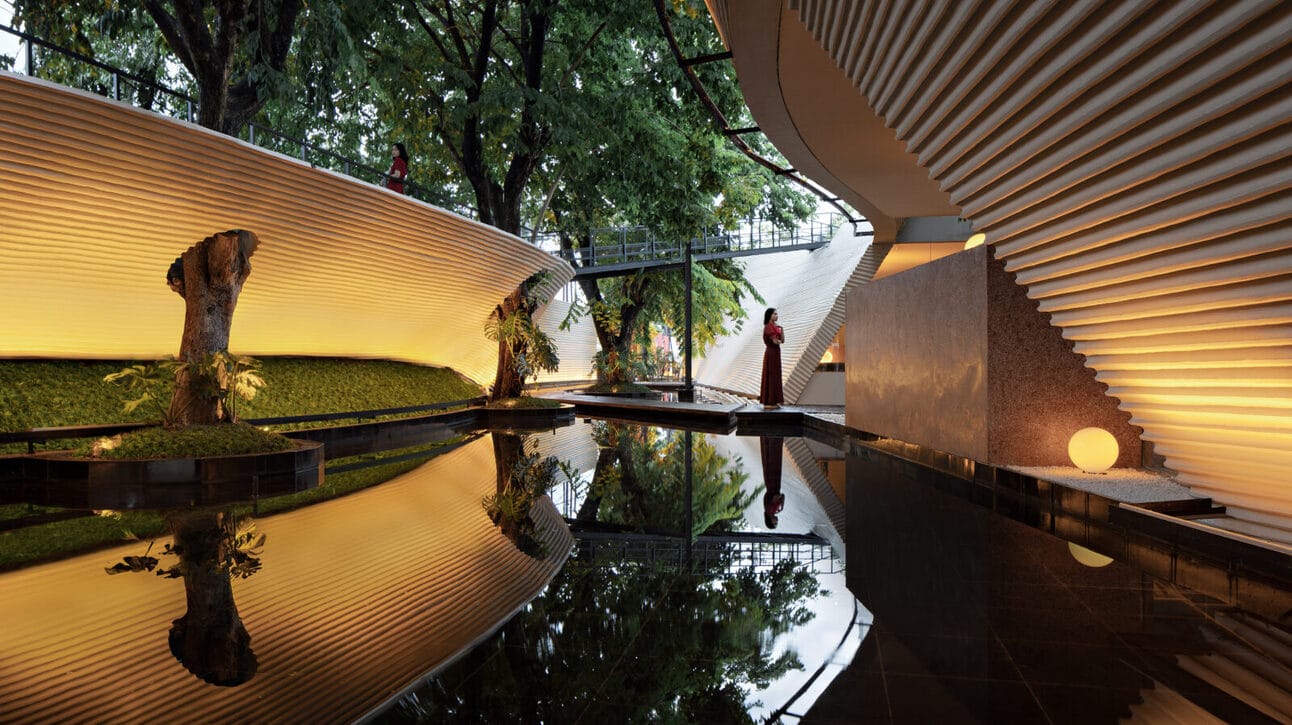
Source: https://radarchitecture.net/
READING RECOMMENDATION
Manfredo Tafuri, Architecture and Utopia: Design and Capitalist Development, 1979, The MIT Press.
RADICAL THOUGHT
If we intervene without understanding the context, are we designing for the future?
NEED A SIMILAR DESIGN STRATEGY?
This case study demonstrates my approach to design research in delicate contexts.
I help students, architects and institutions apply these same principles to their unique contexts through my 1:1 coaching and consulting services.
Join the leaders who have transformed their approach to design & heritage:
Students & Early Practitioners [Review & Coaching]
Receive tailored guidance on your project/portfolio. (40+ reviews/coaching)Architects & Firms [Design Impact Assessment]:
Identify future heritage potential in your project. (200+ design/heritage audits)Leaders & Institutions [Heritage Strategy Consultation]:
Develop a strategy for your vision. (10+ premium strategies)
→ Book a Discovery Call via [email protected]
~ David
Future Heritage is a newsletter on the critical intersections of architecture,
culture, and philosophy.
Spread the word — great ideas grow when shared.
Reach out for collaboration.
